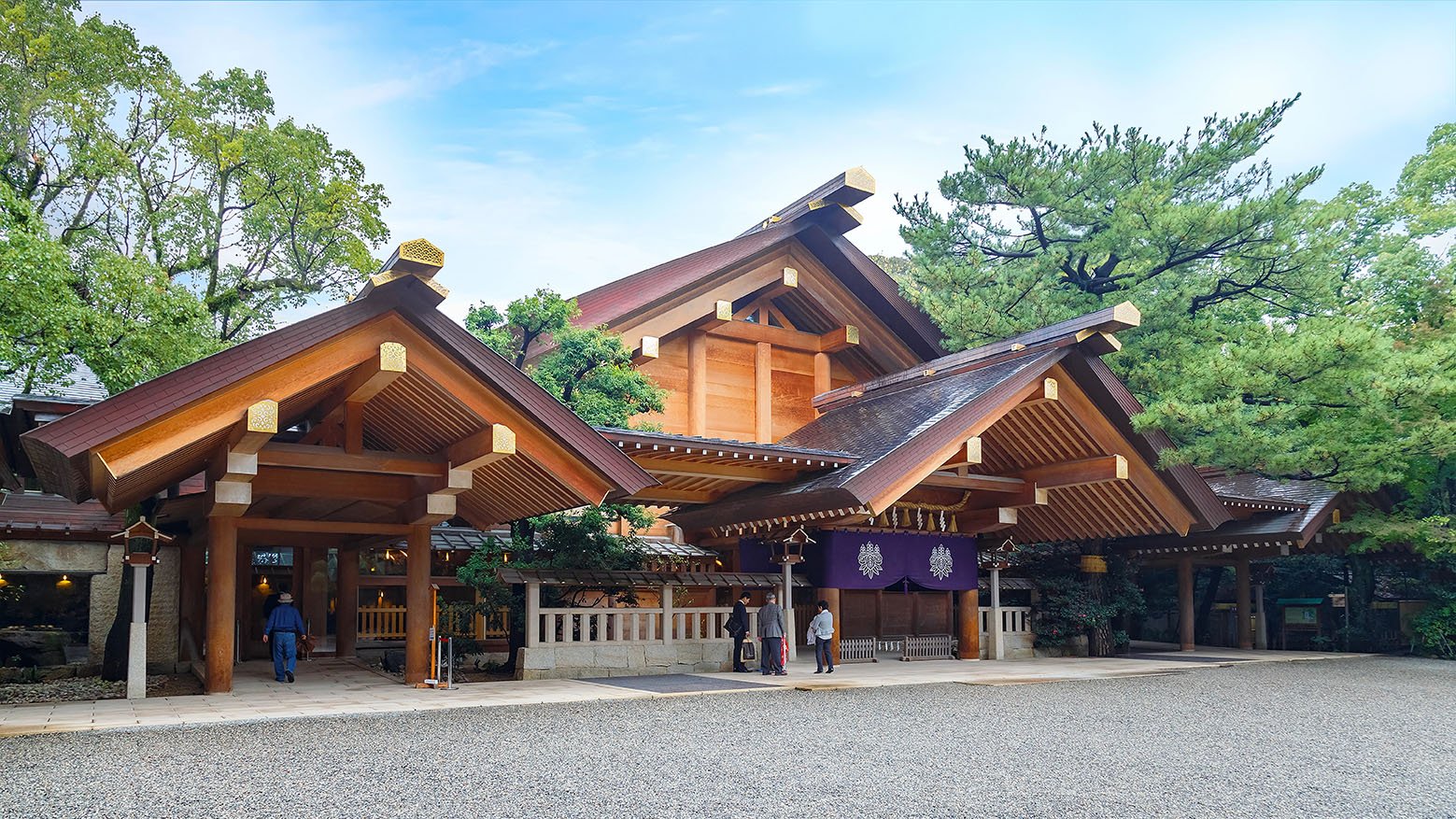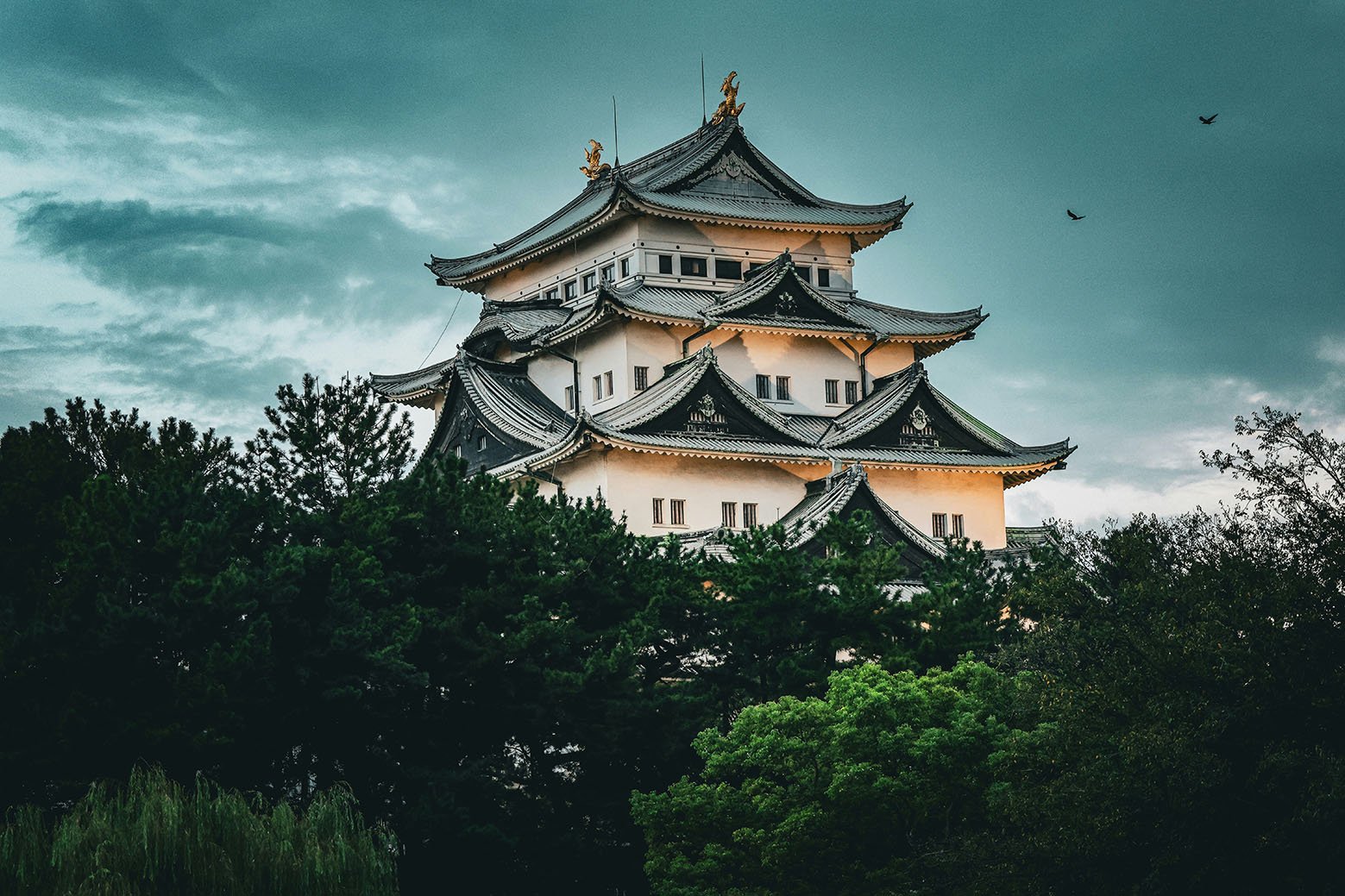Blending the Past, the Present and the Future
Nagoya, Japan's fourth largest city, serves as a significant urban center that seamlessly blends modernity with rich historical heritage. Located in the Chubu region, it is the capital of Aichi Prefecture and boasts a vital position within Japan's industrial landscape. Historically, Nagoya played a pivotal role during the Edo period as a key castle town, primarily due to the influence of the Oda and Tokugawa clans. This historical background has contributed to a unique cultural fabric that attracts visitors from around the globe.
Economically, Nagoya is recognized as a powerhouse, particularly known for its automotive and manufacturing sectors, with major corporations such as Toyota having their headquarters in the region. This economic importance enhances the city’s appeal, making it a hub for business and commerce. In addition, the impressive skyline and well-preserved historical sites provide a perfect juxtaposition of past and present, making Nagoya a fascinating destination for tourists.
Culturally, Nagoya is renowned for its culinary delights, such as hitsumabushi (grilled eel) and misokatsu (fried pork cutlet with miso sauce), offering visitors a taste of local specialties. Moreover, the city's festivals, such as the Nagoya Matsuri, celebrate its rich traditions and showcase colorful parades and performances.
Places
In Nagoya

Atsuta Shrine
Atsuta Shrine, located in Nagoya, Japan, is recognized as one of Shinto’s most significant shrines, drawing visitors from all corners of the globe. Established over 1,900 years ago, its rich historical background adds to its allure. The shrine is believed to house the sacred sword Kusanagi, one of the three imperial regalia of Japan, symbolizing the divine authority of the emperor. This profound connection enhances its status within the Shinto belief system and makes it a pivotal site for both religious practices and tourists. The architectural style of Atsuta Shrine exemplifies traditional Shinto aesthetics characterized by simplicity and harmony with nature. The main shrine structure, known as the Honden, showcases beautiful wooden construction with thatched roofs, integrating seamlessly into the surrounding landscape filled with ancient trees. The well-preserved grounds encapsulate a serene atmosphere that encourages reflection and solitude. Visitors can often feel a sense of tranquility as they stroll through the pathways lined with cedar trees, even amidst the bustling city of Nagoya.

Nagoya Castle
Nagoya Castle stands as a remarkable symbol of the city's rich historical and cultural heritage. Constructed in the early 17th century during the Edo period, it played a pivotal role in Japan's feudal era, serving both as a military stronghold and a residence for the ruling Tokugawa clan. The castle's strategic location and imposing structure highlight its significance in the defense and governance of the region. Architecturally, Nagoya Castle boasts an impressive blend of traditional Japanese design features, most notably its iconic curved roofs adorned with golden shachihoko, mythical tiger-fish believed to protect the castle from fire. The castle's exterior is characterized by its elegant white plaster walls, fortified walls, and imposing stone foundation, which provide a glimpse into the ingenuity of Japan's feudal architectural techniques. Visitors can explore the reconstructed main keep, which houses a museum showcasing artifacts from the castle's rich history, including samurai armor, weaponry, and detailed paintings that narrate the feudal era's stories.

The Nagoya City Science Museum
The Nagoya City Science Museum stands out as a premier destination for education and entertainment in Nagoya, Japan. Esteemed for its extensive collection of interactive exhibits, the museum caters to a diverse audience, making it an ideal attraction for families, students, and science enthusiasts alike. The centerpiece of the museum is the world-renowned planetarium, which is among the largest in the world. This impressive facility offers visitors the opportunity to explore the vastness of the universe, featuring advanced projection technology that creates mesmerizing visual experiences. Programs vary from educational presentations about celestial phenomena to family-friendly shows that captivate younger audiences.
